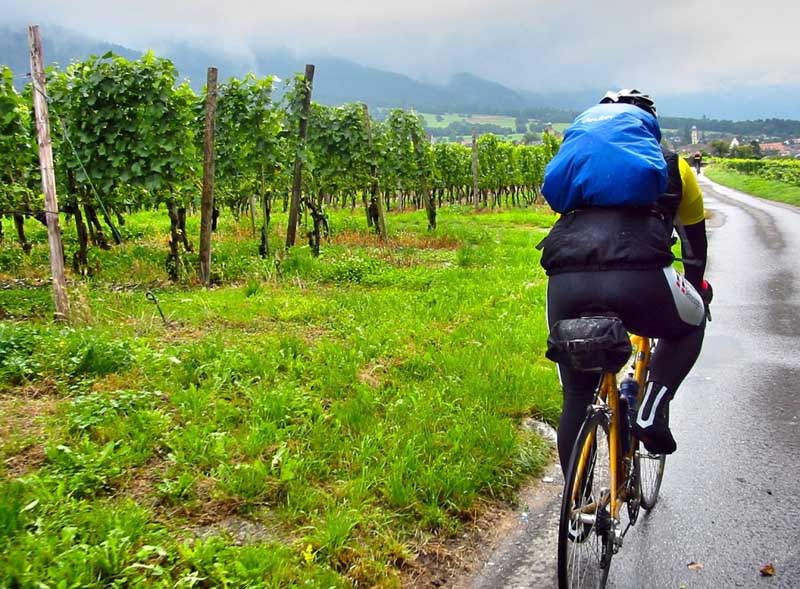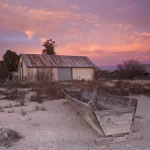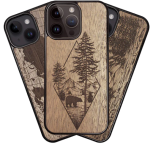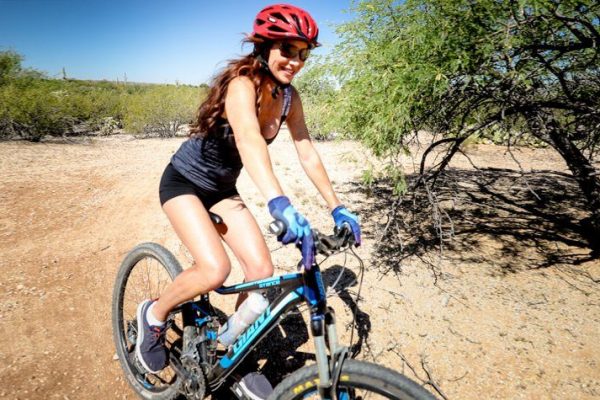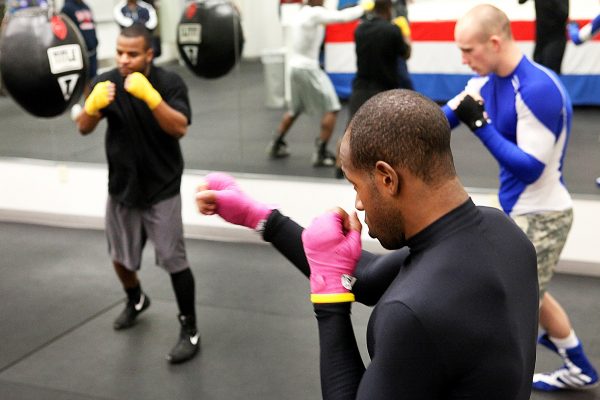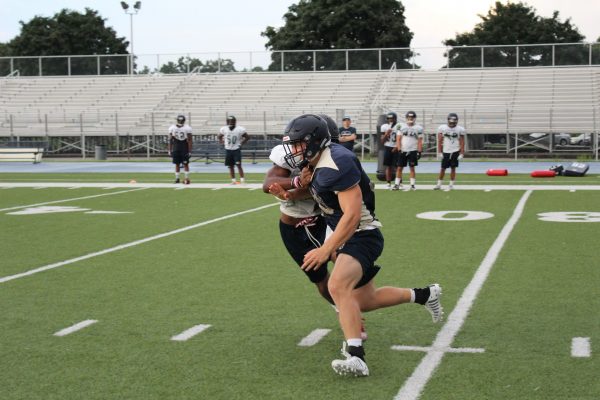If you’re a biker, you’d be aware of the growing popularity of bicycling camping. It is an adventure that every biker wants to try, and a refreshing way to explore the world. If you’re planning to venture into your first biking tour, we’d help you get going.
You might want to try cycling for a few miles into a local campground to see how it works for you. But if you’re a pro you can try hitting the road for a long distance and be a part of this rewarding experience right away.
Table of Contents
How to prepare for a bike camping tour?
Now, when you go camping, there are certain things to consider. You need to pack all the essentials, know what you can get along the way, and be prepared for obstacles. Bike camping is slightly more complicated compared to trek camping and car camping. Apart from the fact that you don’t have a lot of space to carry things like you could in a car, you also need to consider the level of physical strain.
You need to pack light when you’re going to cycle for hours. You also need to figure out how you can make things more accessible because you cannot carry it all. Check out how to pack and prepare for your first biking tour to have an endearing experience.
1. Get your bike serviced
Just like people service their car before going for long drives, you need to service your bike. Bring it to a mechanic and tell him where you’re headed so that he can give you the best service.
Just the way you’d buy hiking boots when you go trekking, you need to give your bike the care it needs. Take it for a tune-up and see how well it is doing. Check your tire pressure, brakes, gear, and other important aspects to assure yourself of safety while cycling.
2. Get some storage
You might have an attachable trunk that you can trail from behind or use different types of panniers. You need to figure out what you can use for this trip and how you can store the basic necessities.
There are different shapes and sizes of panniers so you can position them the way you want. For example, you can carry one on the front and two on your back rack.
3. Organize camping gear
You need to try and go as light as possible when you’re camping. The most important things that you need to add to your checklist are:
- a lightweight tent that quickly folds up and easy to store in your bike rack
- a lightweight sleeping bag and a mat if needed
- toiletries and first aid that you can pack in a small pannier
- extra clothes to keep you warm during the night
- cooking essentials like a lightweight set of plates, plastic spoons, and forks
- a bottle of water
- bungee cords that help you attach your gear to the bike rack
4. Organize biking gear
When you’re heading out for a long trip, you need to have a proper packing guide for your bike too. You will need the following:
- a patch kit
- bike lock
- multi-tool
- bike lights
- bike pump
You might need more things depending upon where you’re going. Note that the best sites for bike camping have access to running water, nice camp shops, outdoor grills, and so on.
You need to think about how you will manage your meals and how much food you can pack. You must choose a route that gives access to buy food and other things you can need on the way.
5. Backpack water filter
You can get food along the way, but there are times when you don’t have access to water. Carrying a backpack water filter is necessary irrespective of where you go. You must add this to your list to make sure you always drink purified water and don’t fall sick.
6. Plan your route
You might need GPS all the time, but you should be well aware of what you’d find on the way. Things like weather condition, wildlife warning, roadblocks, should be well-known to you before you choose the route.
You cannot plan a route after you’ve arranged all that you need. Do it before you start organizing your gear as the route will determine what to take and what not to.
7. Documents
Depending on where you go, you need to carry documents for security and help. There can be places that don’t allow you only because you’re not a registered cyclist. You need a license to ensure that you’re traveling safe and not return back dissatisfied from an incomplete trip.
8. Stay safe
You must go out for a trail to see how well you manage with the extra load. Know the distance you will travel for and acknowledge the level of fitness that you need. You can wear a backpack if you need to store more things or if you want to keep your bike lighter.
How things change when you travel with a group?
Camping usually requires more people, but you can always try solo. If you’re going solo until your destination and meet more people there, the above guide will work for you. But if you’re traveling with more people, you might consider some changes.
Going a group tour on bikes helps you share the load with your friends. You can plan to cook at the campsite and divide the gear accordingly. Sit and discuss with your friends so that there are different people taking up different departments. Some might volunteer to get cooking essentials, while some might organize the biking gear.
Sharing the load helps you go lighter or carry things like camera, more clothes, and things you couldn’t carry alone. Note that going as light as possible will make your journey smooth. But you cannot afford to not have basics things you won’t find along the way.
Final thoughts
Bicycle camping is really therapeutic if everything works out well. To make sure you’re healthy and safe, you need to carry the basics of what you need and go well-planned. Traveling without having proper access to food, water, electricity, and resting places might dull your experience. Going well-prepared will save you from disappointments and also keep you safe.

